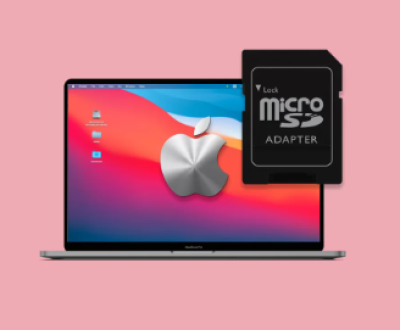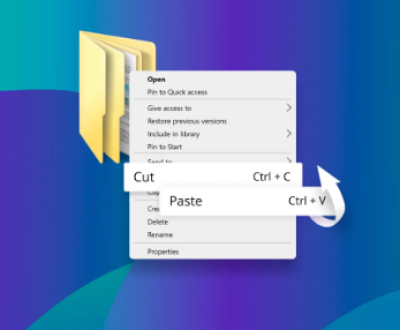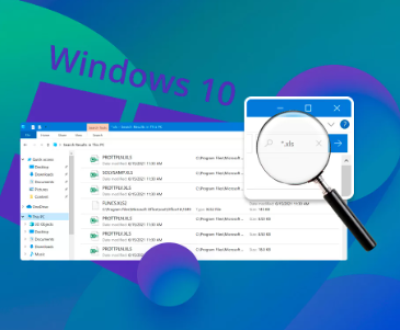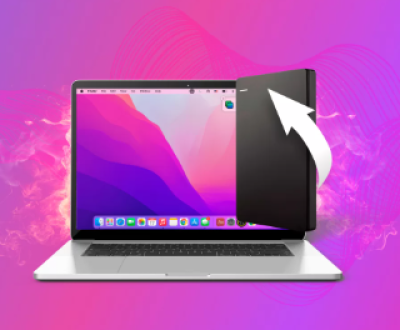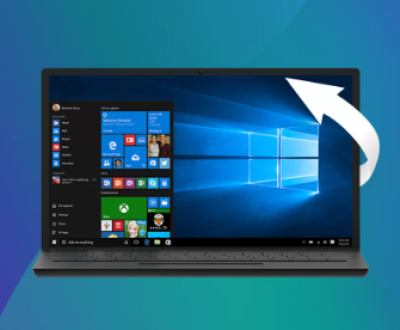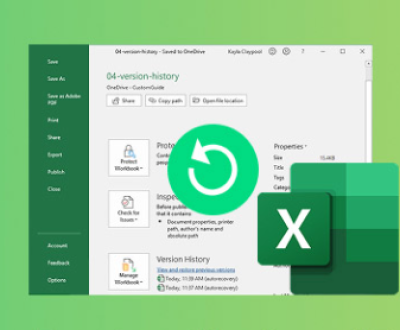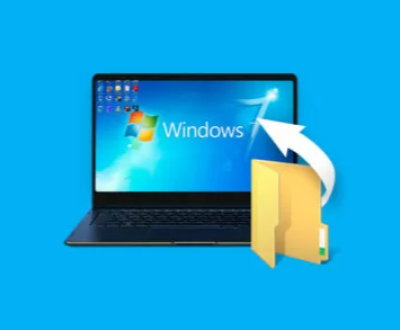Recovering deleted files from a USB drive without using specialized software can be a challenging task, but it’s possible through a series of methods that leverage built-in operating system tools, manual recovery techniques, and careful handling of the data.
Data Deletion and Recovery
When files are deleted from a USB drive, they aren’t immediately erased. Instead, the system marks the space occupied by those files as available for new data. Until this space is overwritten by new data, the original files remain recoverable. This is why acting quickly is crucial for successful recovery.
Key Principles for Recovery
Stop Using the USB Drive: Immediately cease all activity on the USB drive. Writing new data to the drive can overwrite the space where the deleted files were stored, making recovery impossible.
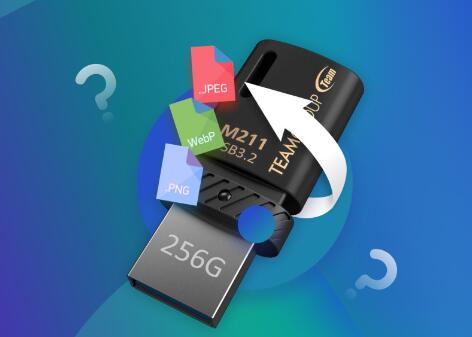
Verify Visibility: Sometimes files aren’t deleted but are hidden. Ensure that hidden files are visible before assuming they’ve been deleted.
Use Command-Line Tools: Operating systems like Windows, macOS, and Linux offer command-line tools that can assist in recovering files or copying the entire content of a USB drive for later analysis.
Method 1: Recovering Hidden Files
Sometimes, files might be hidden rather than deleted. Here’s how you can check for hidden files on different operating systems.
On Windows:
Open File Explorer and navigate to the USB drive.
Click on the ‘View’ tab at the top of the window.
Check the box next to ‘Hidden items’ in the ‘Show/hide’ section. This will display any files that have been marked as hidden.
On macOS:
Open Terminal from Applications > Utilities.
Type the following command:
bash
defaults write com.apple.Finder AppleShowAllFiles true
Press Enter and then type:
bash
killall Finder
Press Enter again. This will reveal hidden files in Finder.
On Linux:
Open the terminal.
Navigate to the USB drive using the cd command.
Type ls -a to list all files, including hidden ones.
Method 2: Checking the Recycle Bin or Trash
Sometimes, files deleted from a USB drive might be moved to the Recycle Bin (Windows) or Trash (macOS) instead of being permanently deleted.
On Windows:
Open the Recycle Bin on your desktop.
Look for the deleted files.
If found, right-click the file and select “Restore.”
On macOS:
Open Trash from the Dock.
Look for the deleted files.
Right-click the file and select “Put Back.”
If you find your files here, they can be easily restored to their original location.
Method 3: Using the Command Prompt (Windows)
Windows users can attempt to recover deleted files using the Command Prompt.
Open Command Prompt as an administrator:
Press Windows + X and select “Command Prompt (Admin)”.
Navigate to the USB drive by typing the drive letter followed by a colon (:), e.g., E: and pressing Enter.
Type the following command:
cmd
attrib -h -r -s /s /d *.*
attrib changes file attributes.
-h removes the hidden attribute.
-r removes the read-only attribute.
-s removes the system file attribute.
/s applies the command to all files in the directory.
/d applies the command to folders as well.
This command should unhide any files that were mistakenly marked as hidden.
Method 4: File System Checking (CHKDSK)
CHKDSK is a built-in Windows utility that checks the integrity of your USB drive’s file system. This method can sometimes recover lost files.
Open Command Prompt as an administrator.
Type the following command:
cmd
chkdsk X: /f
Replace X: with the letter of your USB drive.
This command checks the drive for errors and fixes them. If the file system has issues that caused the files to disappear, this method might help in recovering them.
Method 5: Creating an Image of the USB Drive
Creating an image of the USB drive is a way to ensure that you don’t lose any data during the recovery process. This method is useful if you’re planning to use other recovery techniques later or if you want to analyze the data manually.
On Windows:
Open Command Prompt as an administrator.
Use the following command to create an image of the USB drive:
cmd
dd if=\\.\PhysicalDriveX of=C:\USBImage.img bs=4M
Replace X with the number corresponding to your USB drive, and change the output file path as necessary.
On macOS and Linux:
Open Terminal.
Use the dd command to create an image:
bash
sudo dd if=/dev/diskX of=~/Desktop/USBImage.img bs=4m
Replace X with the correct disk identifier.
This command creates a bit-for-bit copy of the USB drive. You can mount this image later to try additional recovery techniques or even use specialized software if necessary.
Method 6: Manual Search for File Fragments
If you have experience with hexadecimal editors and understand file structures, you can attempt to manually search for file fragments. This method involves opening the USB drive in a hex editor and looking for recognizable file signatures.
Steps:
Download and install a hex editor. Some commonly used hex editors are HxD (Windows) and Hex Fiend (macOS).
Open the USB drive in the hex editor.
Search for file signatures. For instance, a JPEG file begins with the hex sequence FF D8 FF.
Once a file signature is found, extract the corresponding data and save it to a new file.
This method is complex and time-consuming but can be effective if you have the necessary expertise.
Method 7: Using System Restore Points (Windows)
If the files were deleted while the USB drive was connected to a Windows PC, you might be able to recover them through a system restore point.
Right-click on the USB drive in File Explorer.
Select Properties.
Go to the Previous Versions tab.
If any restore points include your files, select one and click “Restore.”
Precautionary Steps for the Future
To avoid data loss in the future, consider these precautions:
Regular Backups: Regularly back up important files to multiple locations, such as cloud storage or external hard drives.
Enable File History (Windows): File History automatically backs up versions of files on your system. Ensure this is enabled and configured to include USB drives.
Use Trash and Recycle Bin Cautiously: Before permanently deleting files, ensure they aren’t needed or make sure you understand how to retrieve them from the Recycle Bin or Trash.
Proper Ejection: Always eject your USB drive properly to avoid corruption that could lead to data loss.
Remember, while the methods outlined above can help recover deleted files, they require a careful approach. For critical data, professional data recovery services or the use of specialized software may still be necessary, especially if these manual methods fail to recover the lost files.
About us and this blog
Panda Assistant is built on the latest data recovery algorithms, ensuring that no file is too damaged, too lost, or too corrupted to be recovered.
Request a free quote
We believe that data recovery shouldn’t be a daunting task. That’s why we’ve designed Panda Assistant to be as easy to use as it is powerful. With a few clicks, you can initiate a scan, preview recoverable files, and restore your data all within a matter of minutes.
Subscribe to our newsletter!
More from our blog
See all postsRecent Posts
- How to restore lost files on sd card 2025-07-03
- How to restore lost files 2025-07-03
- How to restore lost word document 2025-07-03

 Try lt Free
Try lt Free Recovery success rate of up to
Recovery success rate of up to

